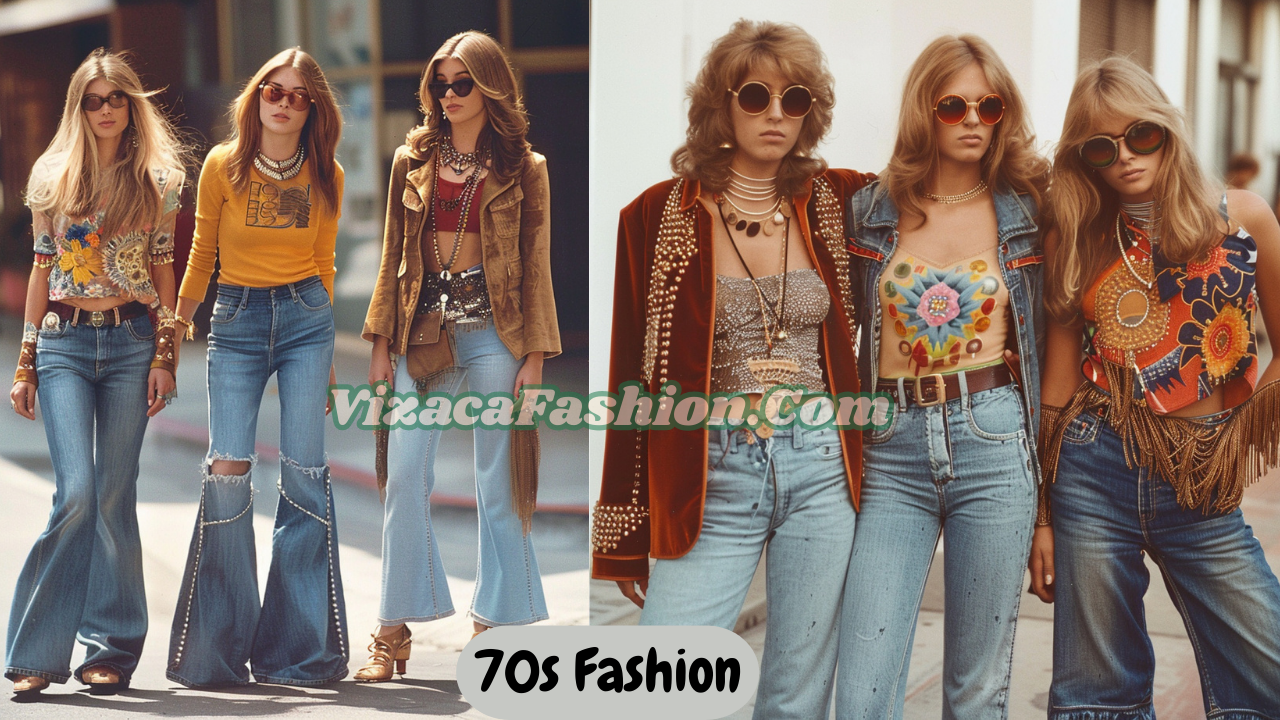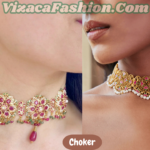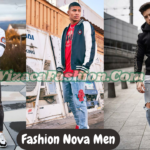The 1970s was a decade of bold fashion choices, self-expression, and a reflection of the social and cultural upheavals of the time. From disco glitz to bohemian charm, 70s fashion was a kaleidoscope of styles that celebrated individuality and freedom. This article delves deep into the iconic trends and influences that defined 70s fashion, offering a comprehensive look at its many facets.
The Cultural Backdrop of 70s Fashion
The 70s was a transformative decade marked by major social movements, including civil rights, feminism, environmental awareness, and countercultural ideals. These movements profoundly influenced fashion, breaking traditional norms and encouraging a more relaxed, experimental approach to style. Fashion in the 70s became a platform for expressing one’s beliefs, individuality, and creativity, leading to an eclectic mix of trends.
Key Trends That Defined the 70s
1. Disco Fever: Disco fashion epitomized the glamour and energy of the era. Sequins, metallic fabrics, and bold colors dominated the dance floors. Men sported wide-collared shirts, often unbuttoned to reveal gold chains, paired with bell-bottom trousers. Women embraced halter tops, jumpsuits, and mini dresses adorned with glitter and shimmer. Platform shoes became a staple for both genders, enhancing the dramatic and flamboyant vibe of the disco era.
2. Bohemian Bliss: The bohemian or “boho” style drew inspiration from the hippie movement of the 60s, but with a more refined and artistic touch. Maxi dresses, peasant blouses, and flowing skirts with floral prints were popular among women. Men and women alike adorned themselves with fringe jackets, floppy hats, and ethnic patterns, creating a laid-back, earthy aesthetic.
3. Glam Rock Influence: The glam rock scene, spearheaded by icons like David Bowie and Marc Bolan, brought androgyny and theatricality to 70s fashion. Glitter, metallic fabrics, and bold makeup were key elements. Men embraced high-heeled boots, tight trousers, and flamboyant shirts, blurring the lines of gender norms and pushing boundaries.
4. Punk Rebellion: Emerging in the late 70s, punk fashion was a stark contrast to the polished disco and bohemian styles. It was raw, edgy, and anti-establishment. Ripped jeans, leather jackets, band tees, and studded accessories defined this rebellious look. Mohawks and bold hair colors became iconic, reflecting the defiant spirit of punk culture.
5. Casual Cool: For those seeking comfort, the 70s introduced a range of casual styles. Denim was ubiquitous, with bell-bottom jeans becoming a defining garment. T-shirts with slogans or band logos, denim jackets, and corduroy pants were staples. This trend reflected a shift towards more relaxed and practical fashion choices.
Iconic Fabrics and Patterns
The 70s was a time of experimentation with textiles and patterns. Polyester, a versatile and affordable material, was widely used in everything from shirts to suits. Tie-dye, paisley, and geometric prints were especially popular, reflecting the psychedelic influences of the previous decade. Suede and velvet added a touch of luxury to the bohemian and glam rock styles.
Accessories: The Finishing Touch
Accessories in the 70s were as diverse as the clothing. Oversized sunglasses, floppy hats, and headbands were key elements of boho chic. Chunky jewelry, including bangles and statement necklaces, added drama to disco and glam rock outfits. Wide belts were often used to cinch dresses and shirts, creating a flattering silhouette. Scarves, worn as headbands or tied around the neck, were another versatile accessory.
Hairstyles and Beauty Trends
Hair was an essential part of 70s fashion. Feathered hairstyles, popularized by celebrities like Farrah Fawcett, were a defining look. Afro hairstyles celebrated natural beauty and cultural pride among African Americans. For those in the punk scene, spiked and brightly dyed hair made bold statements. Makeup trends varied, with disco fans favoring bold eyeshadow and glitter, while boho enthusiasts opted for a more natural, earthy look.
The Influence of Celebrities and Pop Culture
Celebrities played a significant role in shaping 70s fashion. Icons like Cher, Bianca Jagger, and Diana Ross brought glamour to disco fashion, while Stevie Nicks epitomized bohemian chic. Rock stars such as Mick Jagger and Freddie Mercury pushed boundaries with their eclectic styles, influencing the glam rock trend. Movies like Saturday Night Fever and TV shows like Charlie’s Angels further popularized the era’s distinctive looks.
The Legacy of 70s Fashion
The impact of 70s fashion continues to resonate in modern style. Many contemporary trends borrow elements from this vibrant decade, from boho-inspired festival wear to the resurgence of wide-legged trousers and jumpsuits. Designers often revisit the 70s for inspiration, blending its iconic styles with modern sensibilities.
Conclusion: The Enduring Charm of 70s Fashion
The 70s was a golden era for fashion, characterized by its diversity and freedom of expression. Whether it was the glittering allure of disco, the earthy appeal of bohemian style, or the rebellious edge of punk, the decade offered something for everyone. 70s fashion was not just about clothes—it was a statement, a reflection of the times, and a celebration of individuality. Even today, the era’s bold and eclectic spirit inspires designers, stylists, and fashion enthusiasts around the world.


